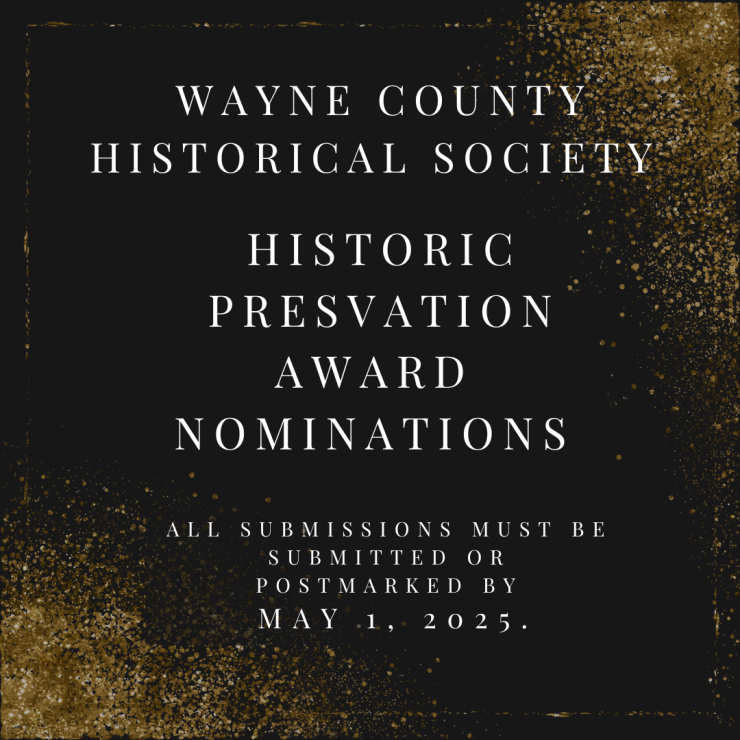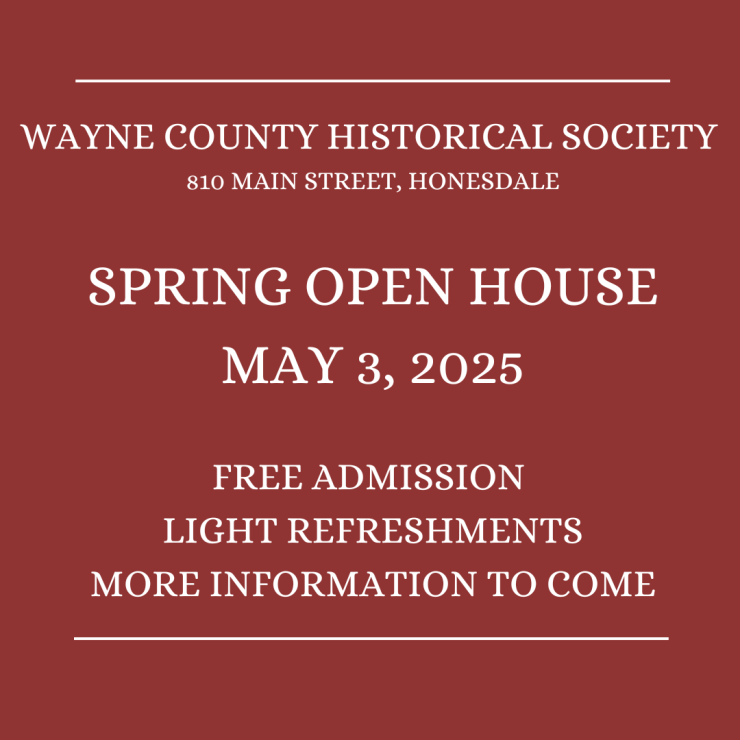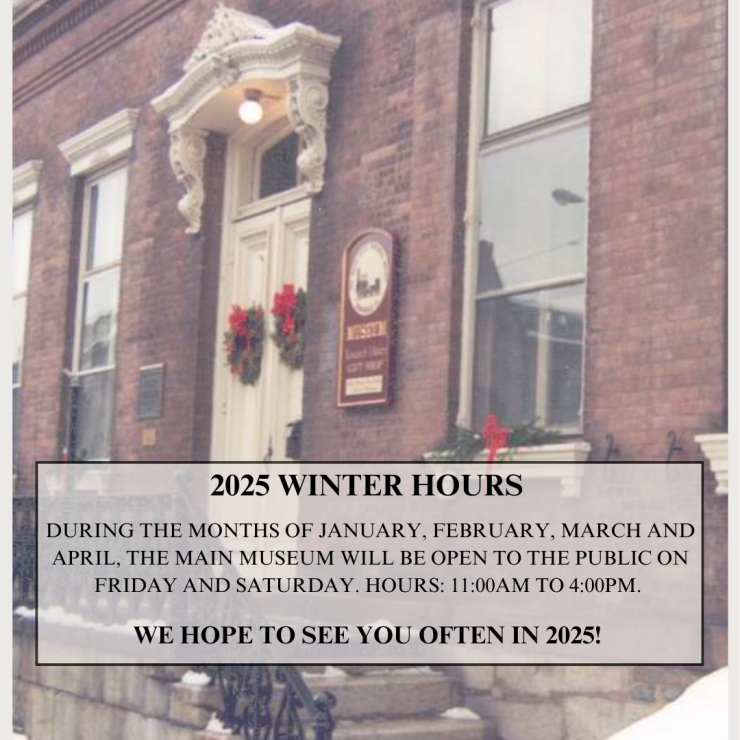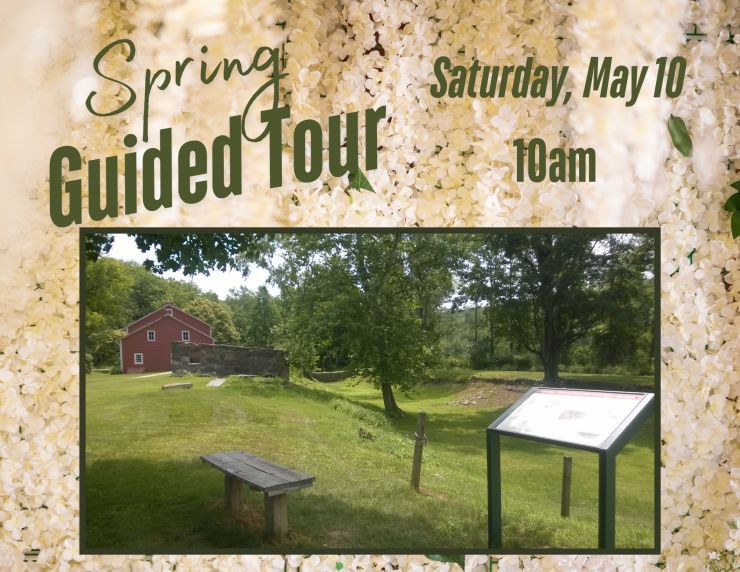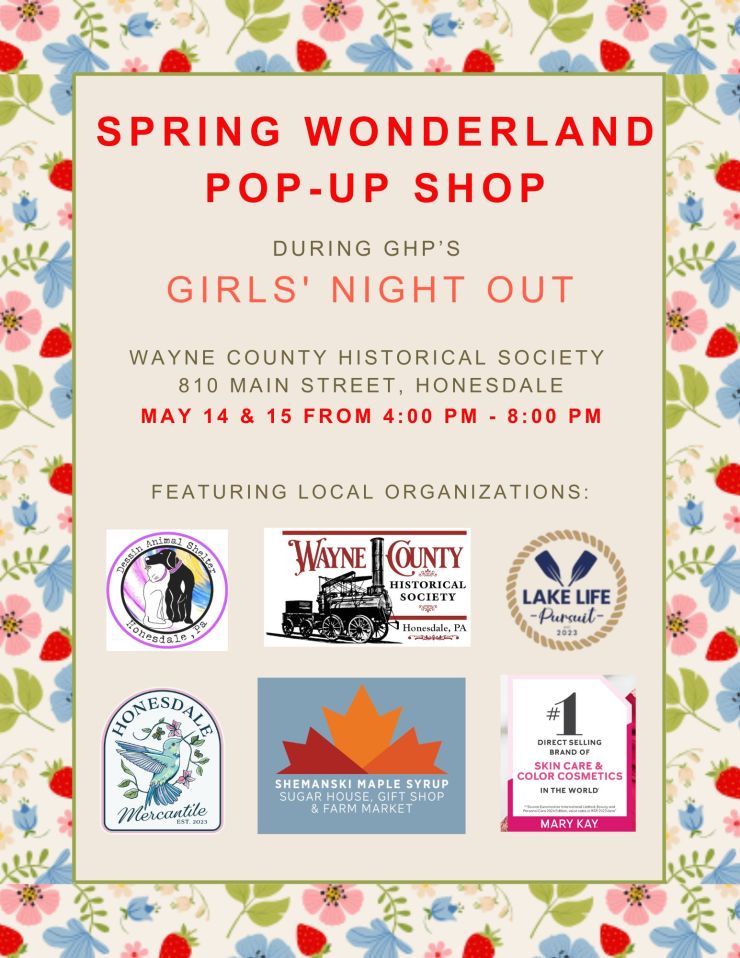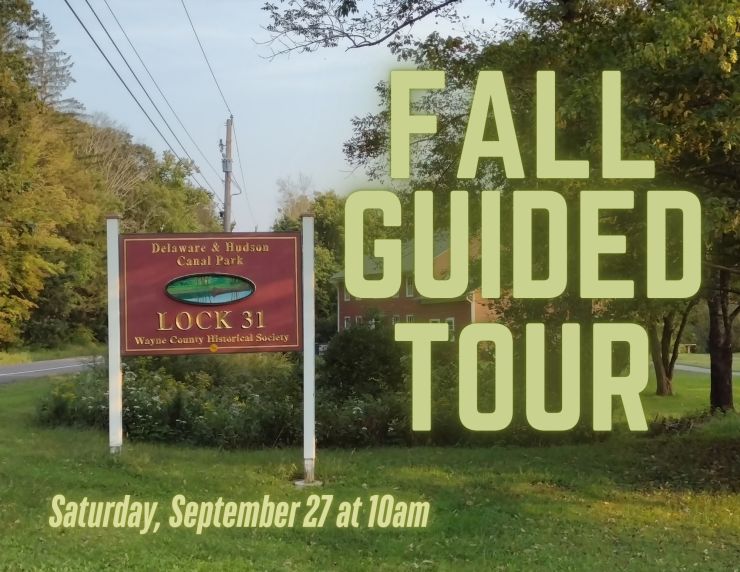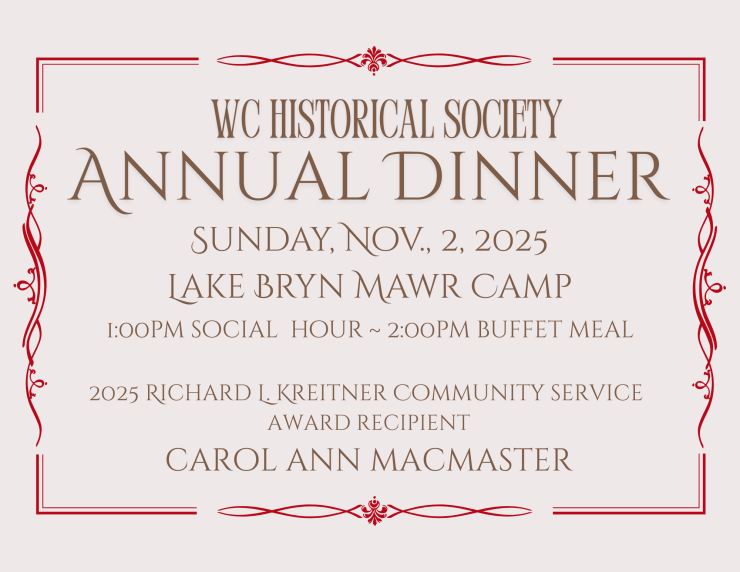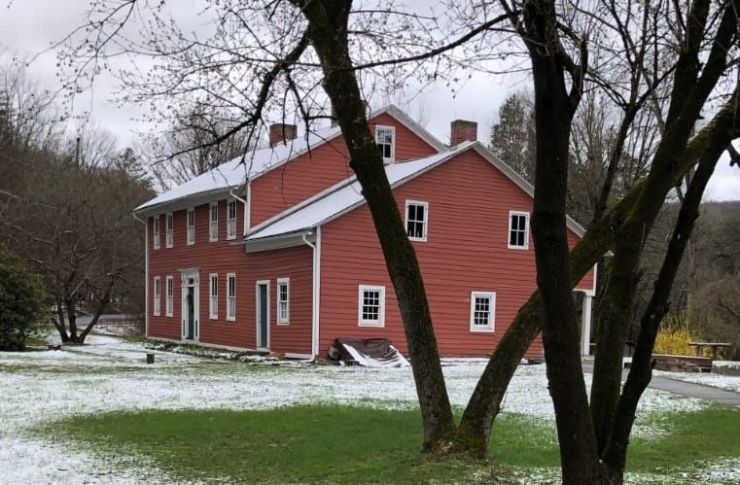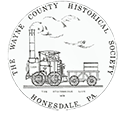Salem Township
Salem Township was established in 1808. It was taken from a portion of Canaan Township and Delaware Township, the latter becoming part of Pike County in 1814. In 1815 Sterling Township was carved out of Salem Township making the Wallenpaupack River Salem’s southern boundary. The dimensions of Salem were further reduced with the creation of Lake Township in 1876.
The first settlement in this part of the county was at Little Meadows. Historian Phineas Goodrich wrote, “A man by the name of Strong first built here in 1770. Soon after the battle at Wyoming, he, with some settlers, had a desperate fight with the Indians at this place. Strong and his family were massacred, and Jacob Stanton was the only man who escaped. He fled and notified the settlers near the Paupack of their danger. Late in the fall of 1779, Stanton came back to the place and found the Indians had burned down the house. He dug a grave, and gathering up the bones of the whites and Indians and placing them together, raised a monument over them. Seth Goodrich, who afterwards owned the place, would never allow the mound to be disturbed.”
In 1780 Jacob Stanton built a house for his wife and family at Little Meadows and kept a public house there. Among the early settlers of Salem Township was Moses Dolph who arrived about 1795 as did weaver Elisha Potter. They were soon followed by Robert Freeland, Edward London and Samuel Wheatcraft. A tragedy took place between the Dolph and Freeland families. Two boys from these families were playing with guns when the gun in the hands of the Dolph boy discharged and killed the Freeland boy. He was buried in the nearby orchard beside Mr. and Mrs. Jacob Stanton.
Major Theodore Woodbridge came to Salem about 1800 and was the wealthiest man in the area. He had been a major in the Revolutionary War and was often visited by officers of distinction. He built the first saw mill at the outlet of Bidwell Pond in 1803 and soon afterward built a saw mill and grist mill on Moss Creek. The Major’s cousin, Joseph Woodbridge settled in Salem in 1801. Three of his sons were bachelors who built a stone house on the site of the old homestead on the North-South Road, now Route 191. The stone house is still standing on Route 191 south of Hamlin. Joseph Woodbridge also built a distillery on the North- South Road in 1804. His account books show that settlers for ten miles around bought whiskey by the quart, half-barrel and barrel.
Phineas Grover Goodrich, son of Seth Goodrich, wrote The History of Wayne County in 1880 and his was the first attempt to record the early years of the county. Harris Hamlin, a brick maker, came from Connecticut with his wife and nine children about 1802 and built the first frame house in the township about two miles west of Salem Corners. The settlement was originally called Hamlinton but later changed to the current Hamlin. Dr. Asa Hamlin arrived in Salem about 1814 and was the first permanent physician and also kept a tavern.
The Union Church, built in 1827, seated 600 and was shared by the Methodists, Presbyterians and other Protestant congregations but after a conflict between the denominations, a Presbyterian church was built about 1832. The first store in Hollisterville was built by Cyprian Cobb in 1844 and Alanson Hollister was the first postmaster. His daughter Harriet married Lewis S. Watres, a Scranton alderman, and became a poet known as “Stella of Lackawanna”. Her brother Dr. Horace Hollister wrote The History of Lackawanna Valley, History of the Delaware and Hudson Canal Company and many other books and articles.
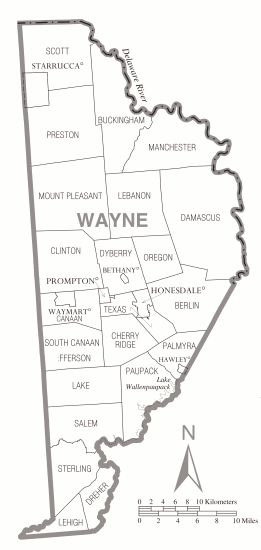
Navigation

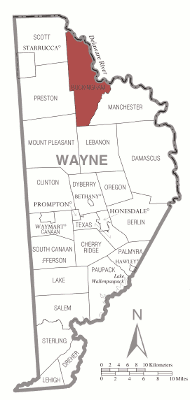
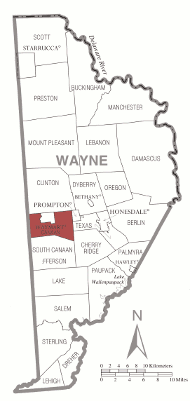
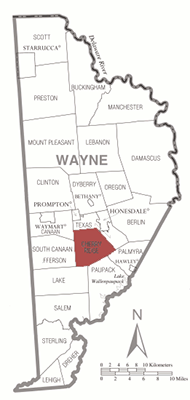
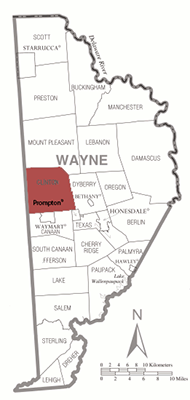
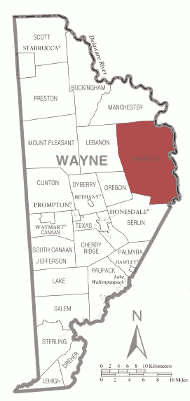
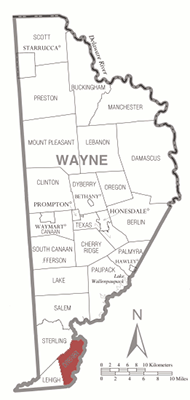
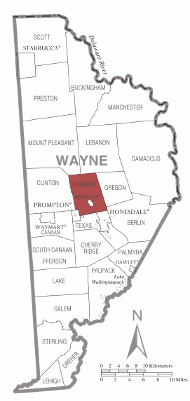
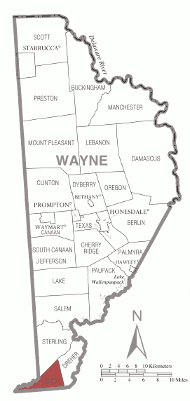

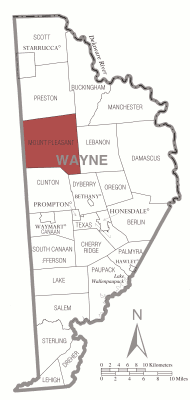
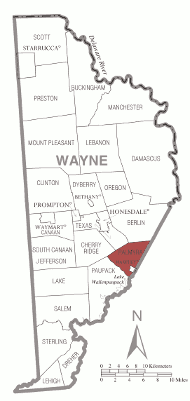
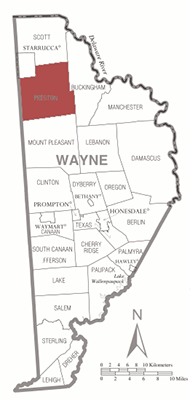


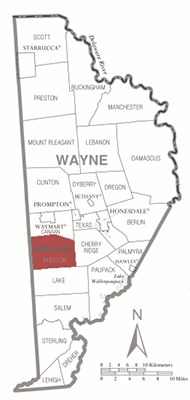
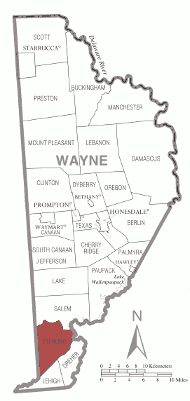
News and Events
